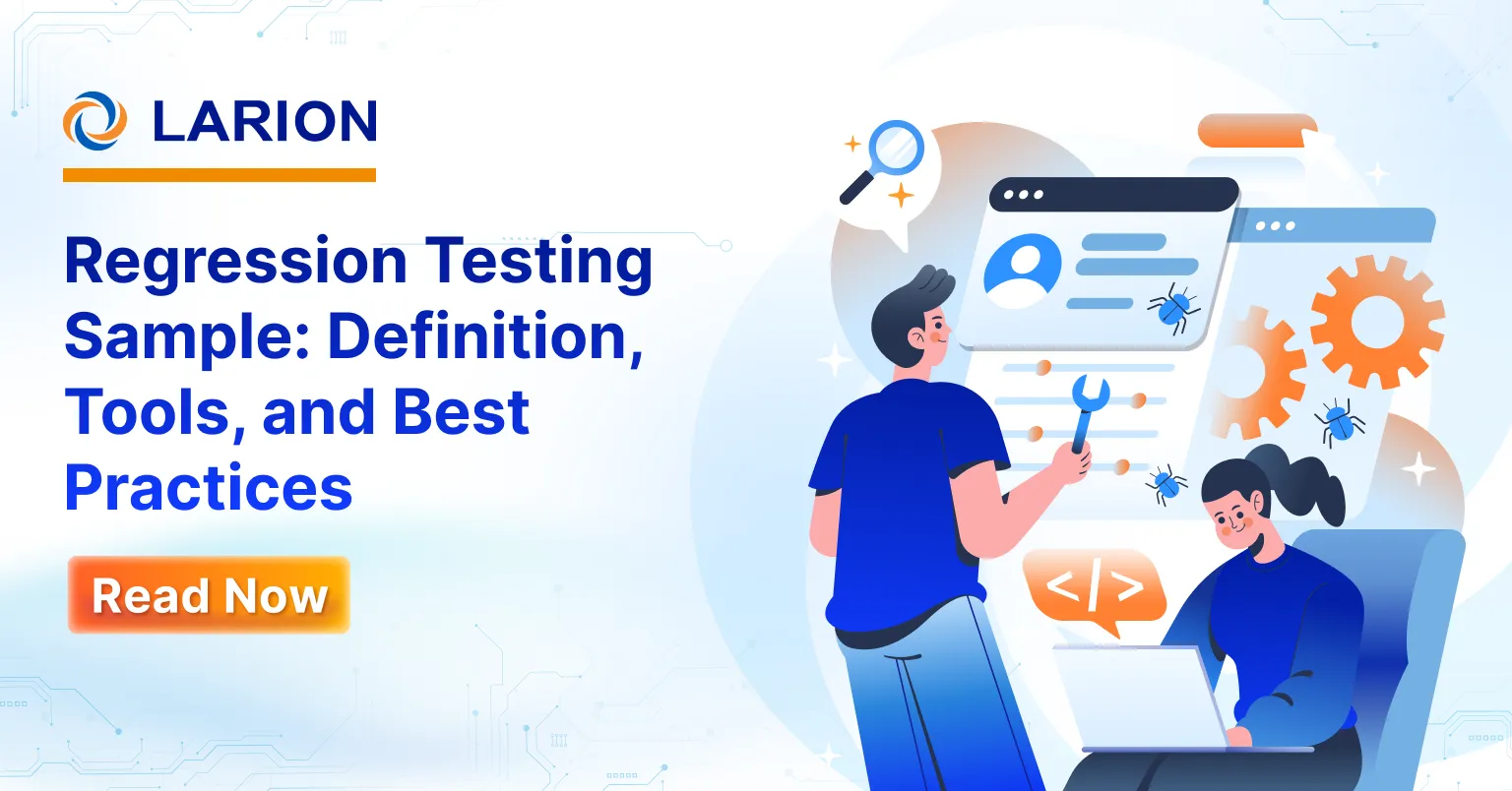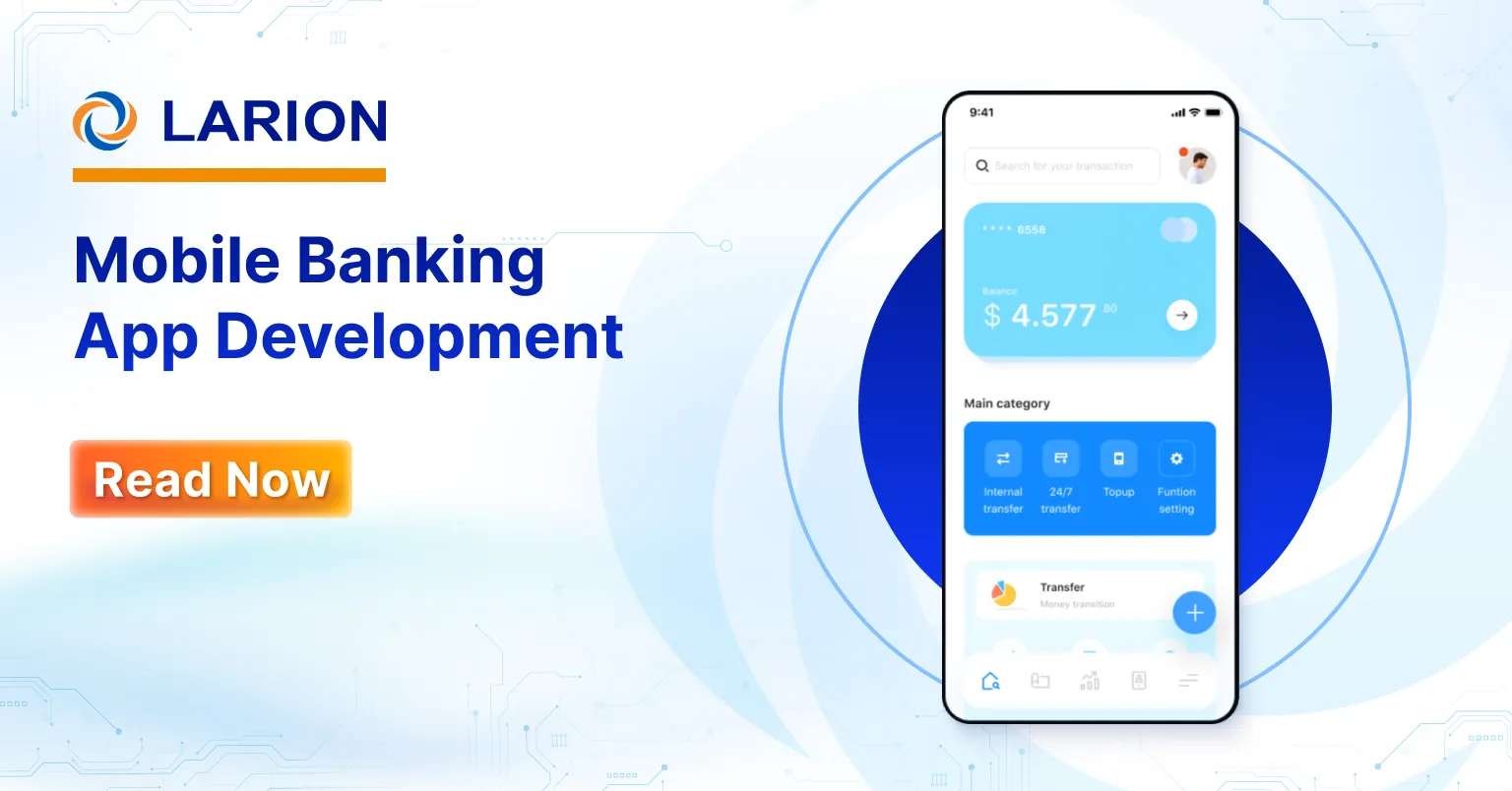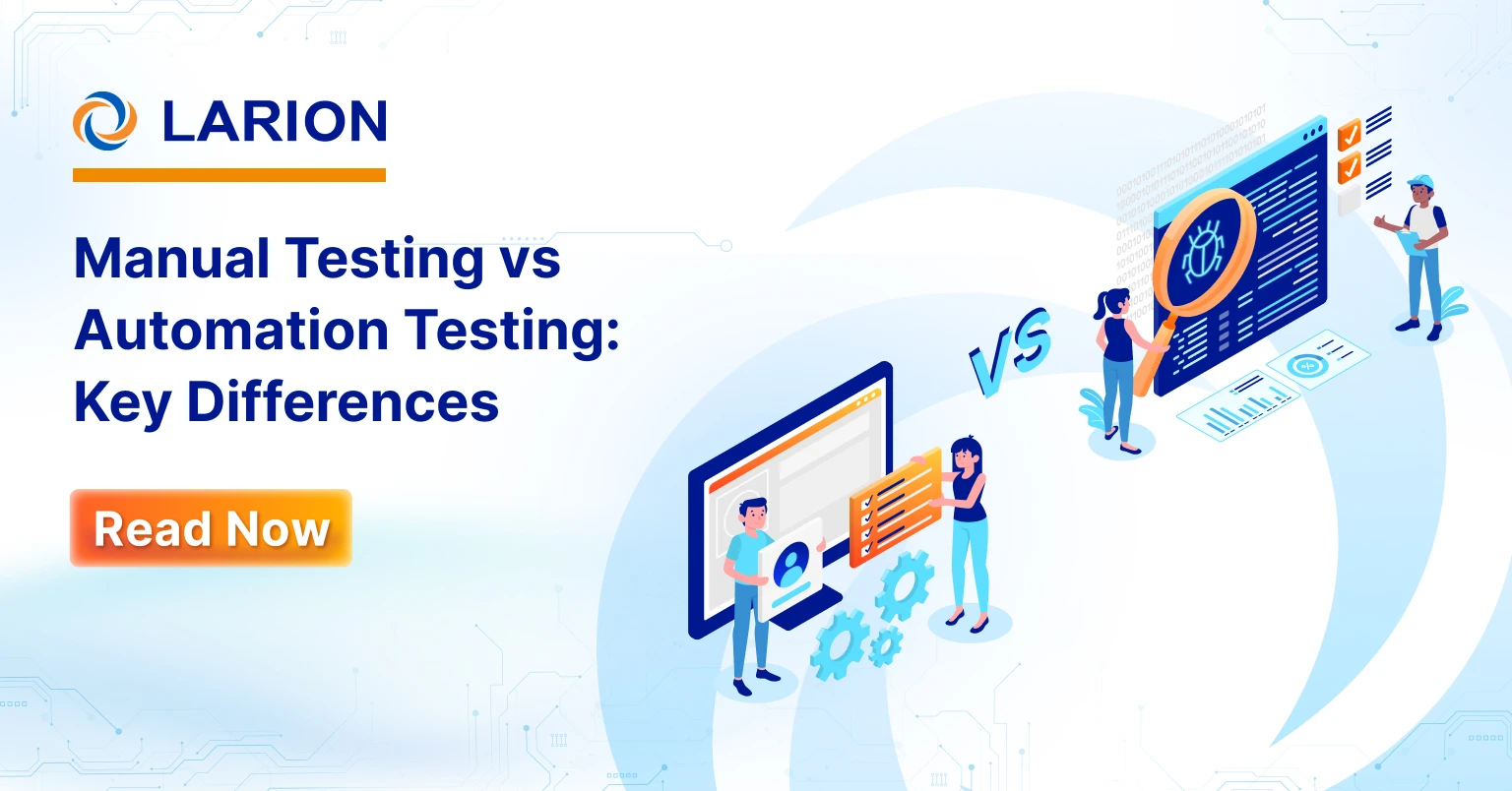Software development is evolving quickly, and traditional methods can’t keep up. McKinsey reports that AI tools can cut coding time by 40%, while GitHub finds 88% of developers are more productive with AI. This shift is driven by AI assisted software development, using tools like ChatGPT prompts for tasks like code generation, debugging, and documentation. These generative AI tools enable faster delivery, fewer bugs, and better collaboration. In this blog, we’ll explore how AI driven development is transforming the industry, from real-time coding prompts to mastering basic prompt engineering questions.
What are AI Prompts in Software Development?
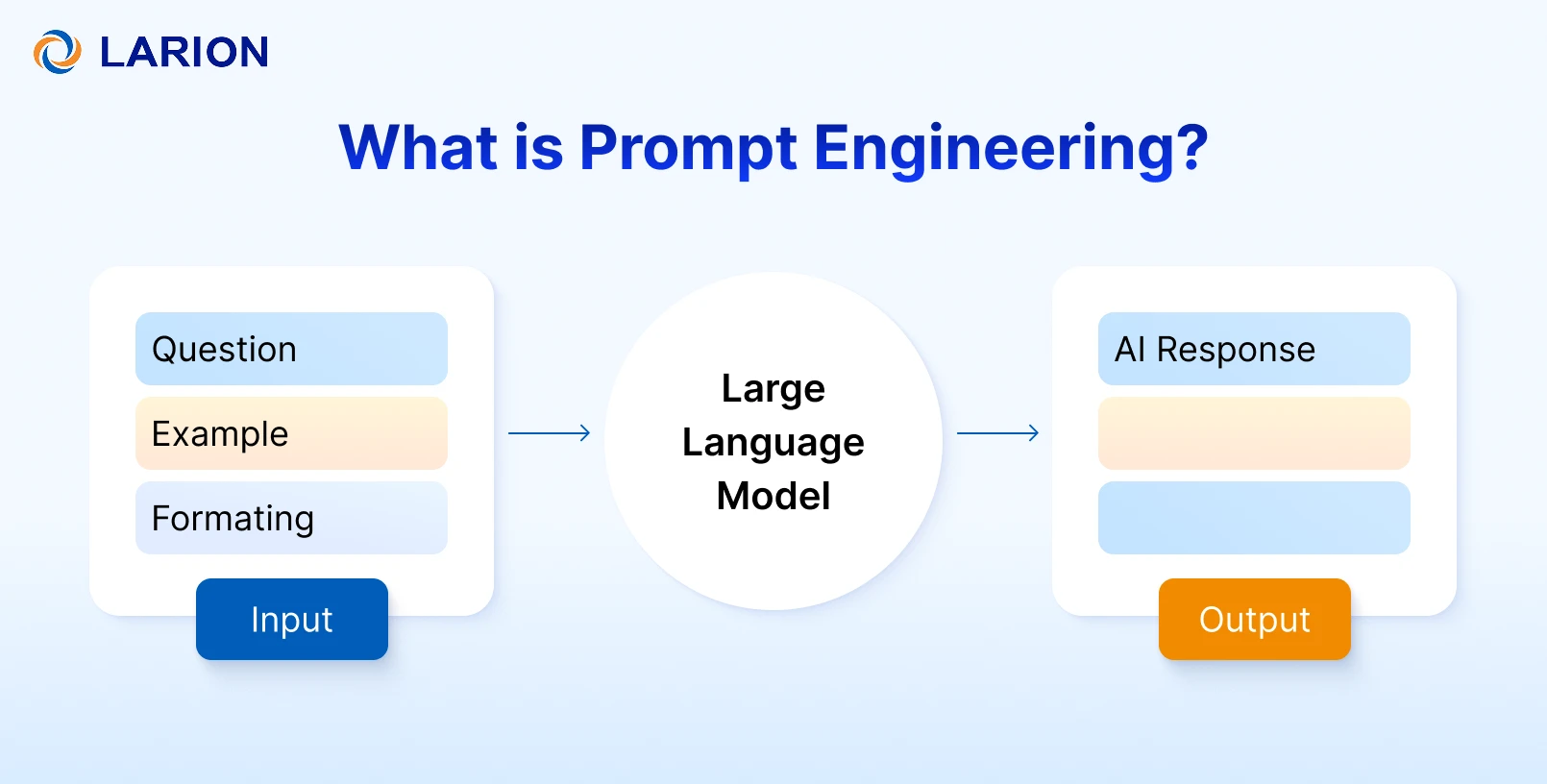
In software development, AI prompts are structures or inputs given to AI models to guide them in generating code, solutions, and responses that meet the desires of software developers or engineers. They are a core part of prompt engineering that acts as a bridge between the developer’s intent and the AI’s output. These AI software development prompts serve as powerful tools in utilizing AI for software development, which help unlock the full potential of AI driven development in areas like code generation, problem-solving, debugging, and more.
- Code Generation: AI prompts are used to generate code snippets, functions, or even entire programs based on descriptions of desired functionalities. This is one of the most common use cases of generative AI for software development.
- Debugging: Prompts can also help developers identify and fix errors in code as well as explain the causes of bugs, to pinpoint issues and resolve them more efficiently. This is a big impact of AI on software development by reducing the time spent on complex bugs.
- Documentation: Prompts can be utilized to create code documentation, that makes it easier for other developers to understand and maintain the codebase. This highlights the benefits of AI in software development, especially for collaborative environments.
- Code Refactoring: Prompts assist developers in restructuring code to improve readability, maintainability, and performance.
- Translation: Prompts can be used to translate code from one programming language to another while ensuring cross-language compatibility.
- Onboarding New Engineers: Prompts can help new team members understand existing codebases, that help the onboarding process smoother and faster.
Key Benefits of Using AI Prompts for Software Development Engineers
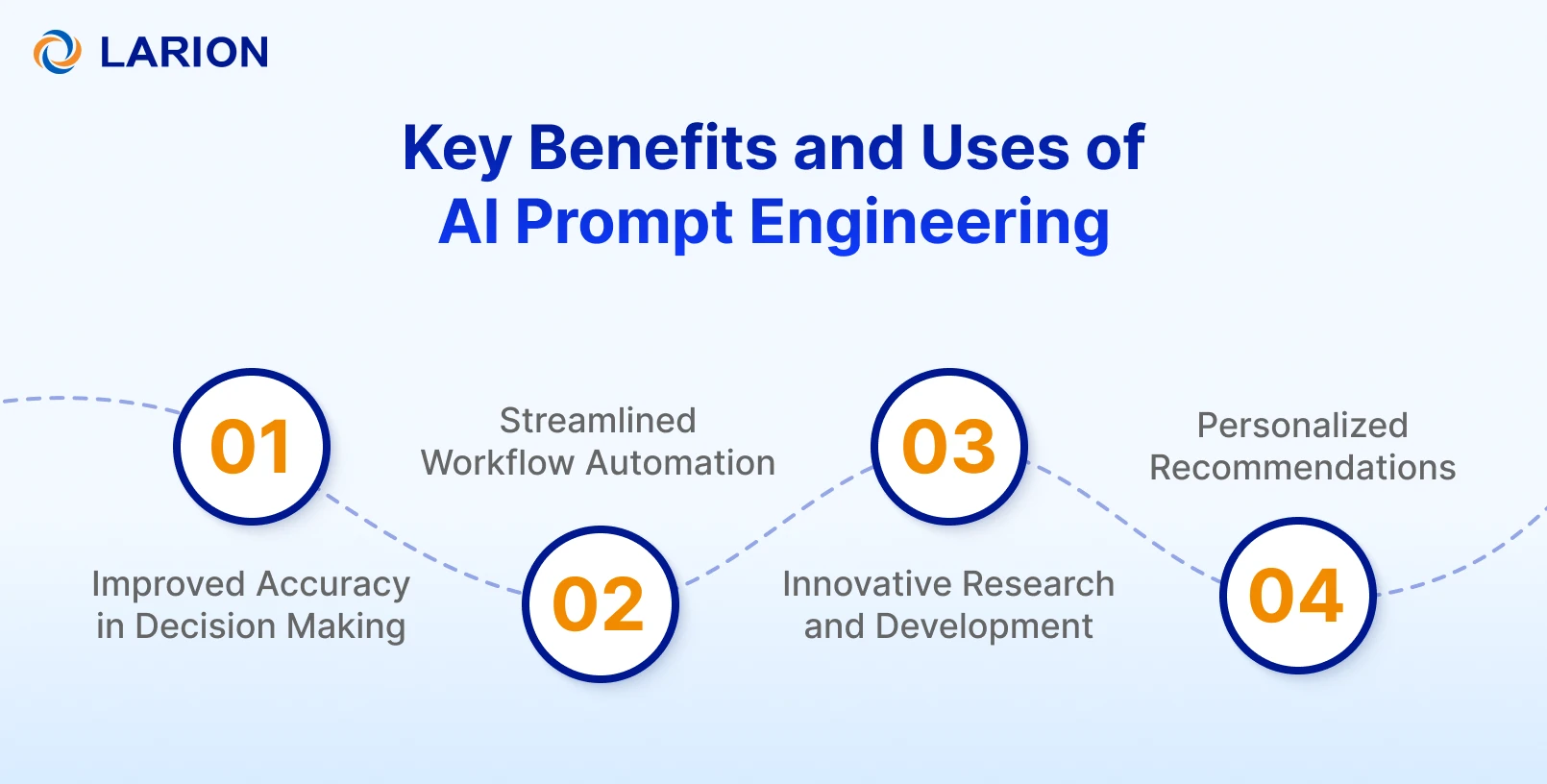
1. Improved Accuracy in Decision Making
By utilizing prompt engineering for developers, AI systems can produce more accurate and contextually relevant outputs as well as significantly enhance decision-making in critical sectors. AI-assisted software development models are now better at understanding context and nuances, minimizing errors and improving the quality of insights. This results in more reliable recommendations and insights, especially in industries that require high precision and accuracy, highlighting the benefits of using AI for software development.
2. Streamlined Workflow Automation
Effective prompt engineering enhances the automation of routine tasks, especially in finance and administration. By refining AI for repetitive tasks, organizations or companies can improve efficiency, freeing up human resources for more strategic, creative roles. Generative AI for software development help automate functions such as document processing and data entry, making them faster and more accurate, which boosts overall operational efficiency and allows employees to focus on higher-value tasks.
3. Innovative Research and Development
In academic and scientific research, prompt engineering enables AI to generate insightful hypotheses and summarize complex data. AI-augmented software development helps researchers synthesize information more quickly, accelerating the innovation process. If researchers utilize coding prompts and AI’s ability to identify trends, AI models will support them in making actionable findings, ultimately speeding up breakthroughs and improving overall productivity in research.
4. Personalized Recommendations
In e-commerce and entertainment, prompt engineering enables AI to provide highly personalized recommendations based on individual user behavior and preferences. Developers can use ChatGPT and other AI that assist software development, to make accurate suggestions that align closely with users’ interests, improving engagement and satisfaction. This personalized approach not only enhances the user experience but also boosts sales and customer loyalty. It demonstrates the impact of AI on software development by providing tailored, relevant content that drives business growth.
Principles of Prompting Chat GPT for Software Engineering:
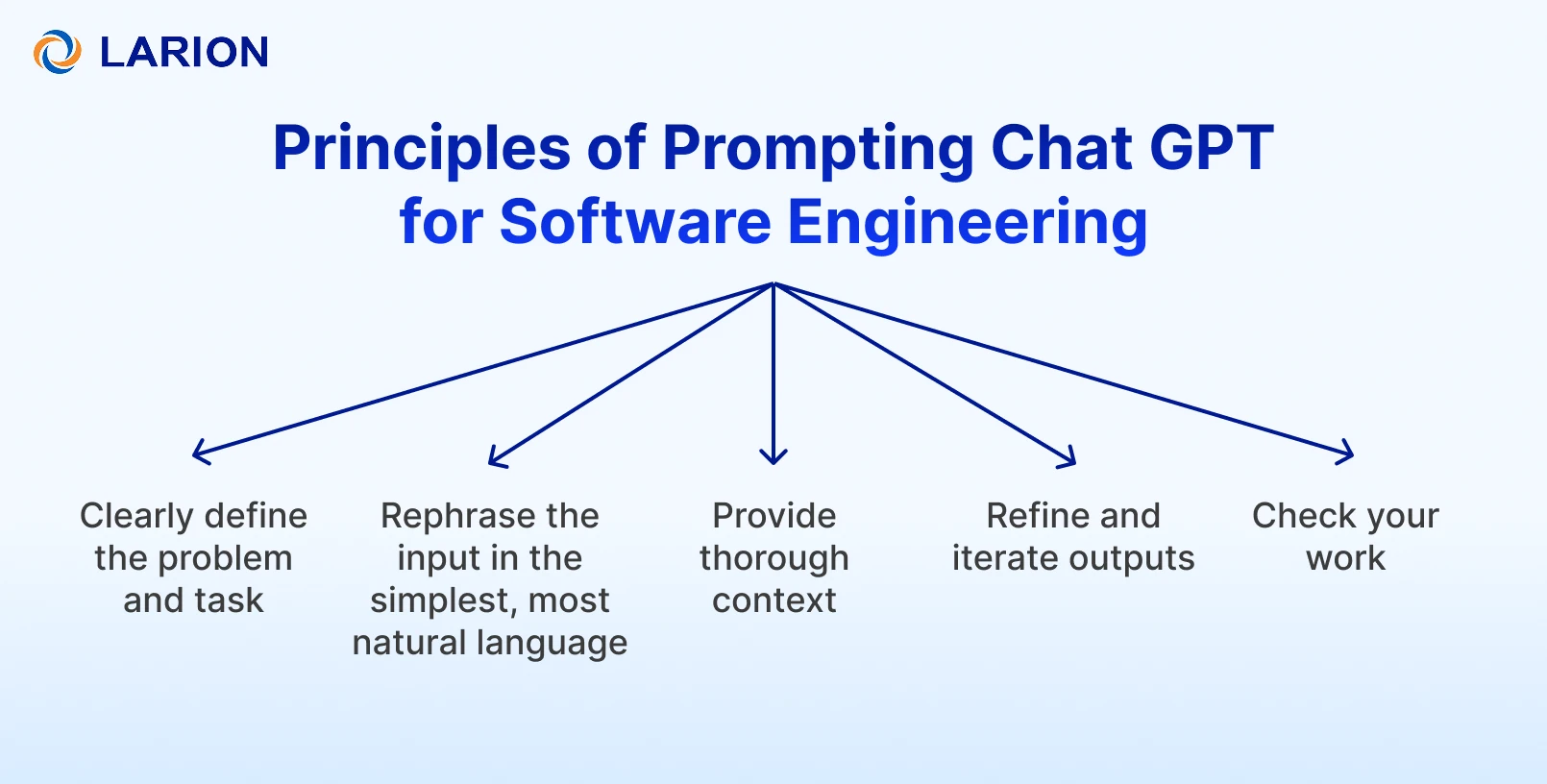
To unlock the full benefits of AI for software development, developers need to master prompt engineering. For example, when ChatGPT is used with the right prompts, it can enhance productivity for your development team.
Here are key tips:
- Clearly define the problem and task: Clear problem definitions improve output quality of the AI for software development. The more context you provide, the better.
- Rephrase the input in the simplest, most natural language: Treat prompts like you’re asking a teammate. This improves the relevance of coding prompts.
- Provide thorough context: Mention language, frameworks, and any constraints to ensure the effectiveness of AI for software development.
- Refine and iterate outputs: Adjust your input based on responses—this is the core of effective prompt engineering.
- Check your work: Always review results. Understanding the impact of AI on software development also means knowing its limits.
By applying these principles and asking basic prompt engineering questions, developers can boost code quality, speed, and collaboration using AI for software development like ChatGPT.
Popular AI for Software Development Engineers
1. GitHub Copilot

Description: GitHub Copilot is an AI-powered code completion tool built into popular IDEs. It uses GPT-3 to suggest entire lines or blocks of code based on natural language prompts or the developer’s code context.
Use Cases:
-
- Code autocompletion
- Code suggestions
- Code documentation
2. ChatGPT (by OpenAI)

Description: ChatGPT, powered by GPT-3, is a conversational AI tool that can assist with writing code, debugging, generating documentation, and providing explanations for complex programming concepts.
Use Cases:
-
- Code generation from natural language prompts
- Explaining programming concepts
- Providing code suggestions and documentation
3. Tabnine
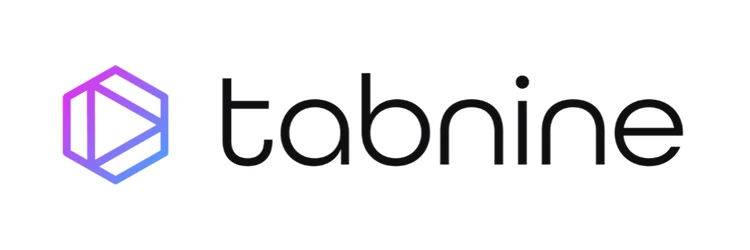
Description: Tabnine is a generative AI for software development that works with various programming languages and IDEs. It uses deep learning to suggest code completions, helping developers write faster and more accurately.
Use Cases:
-
- Code autocompletion
- Speeding up the development process
- Recommending best practices
4. DeepCode

Description: DeepCode is an AI-powered code review tool that analyzes your code for bugs, vulnerabilities, and best practices. It provides feedback on how to improve code quality.
Use Cases:
-
- Automated code reviews
- Identifying security vulnerabilities
- Refactoring suggestions
5. SonarQube

Description: SonarQube is an automatic code quality checking tool that uses AI to analyze code for bugs, vulnerabilities, and code smells. It provides developers with actionable feedback to improve the quality of their code.
Use Cases:
-
- Static code analysis
- Code quality checks
- Identifying security issues and vulnerabilities
6. Snyk
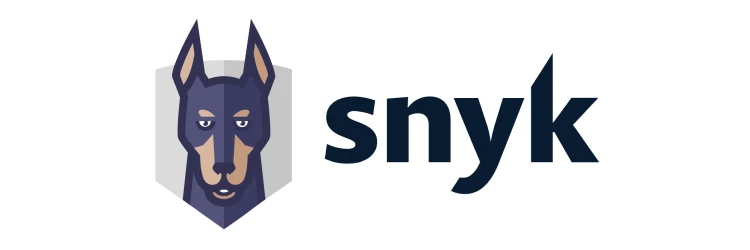
Description: Snyk is an AI-powered security platform that focuses on finding and fixing vulnerabilities in open-source code, containers, and infrastructure as code.
Use Cases:
-
- Security scanning
- Identifying and fixing vulnerabilities in open-source dependencies
- Securing code and infrastructure
7. Codex by OpenAI

Description: Codex is OpenAI’s AI system that powers GitHub Copilot. It can understand and generate code in multiple languages. Developers can interact with Codex to generate code from natural language prompts or integrate it into applications.
Use Cases:
-
- Natural language to code translation
- Automating repetitive coding tasks
- Writing and refactoring code
8. Amazon CodeGuru

Description: Amazon CodeGuru is an AI-powered code review service from AWS that provides suggestions for improving code quality, security, and performance.
Use Cases:
-
- Automated code reviews
- Performance optimization
- Security vulnerability detection
9. CircleCI

Description: CircleCI is a CI/CD tool that integrates AI to optimize continuous integration and deployment pipelines. It offers intelligent resource allocation and smart build recommendations to speed up development cycles.
Use Cases:
-
- Continuous integration and delivery
- Optimizing build pipelines
- Automated deployment workflows
How to Effectively Use AI Prompts in Software Development
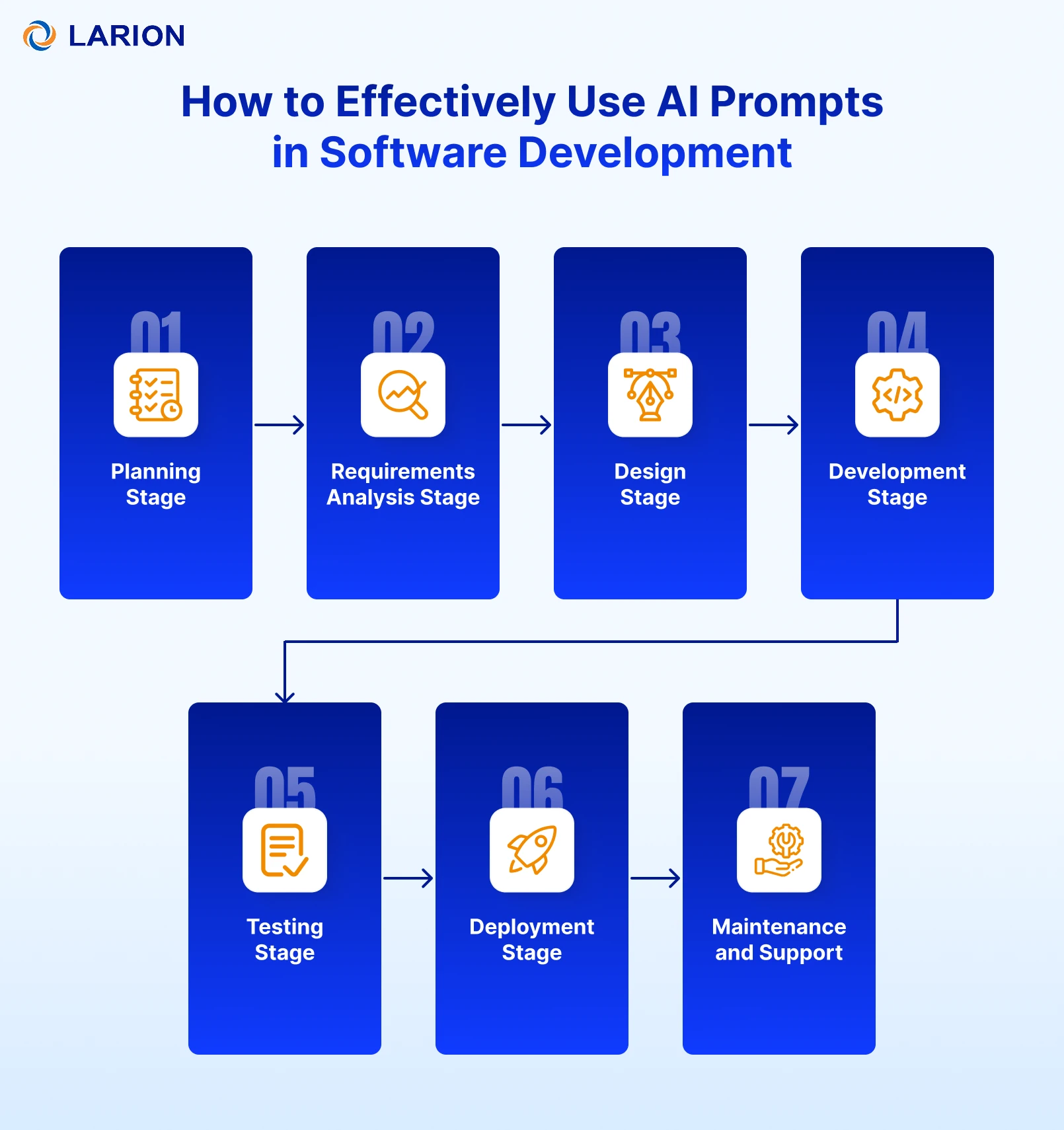
1. Planning Stage
AI assisted software development helps analyze requirements and predict trends, enabling the identification of key features and prioritizing development. ChatGPT, for instance, can summarize lengthy documents or emails, extracting essential points to create Product Requirement Documents (PRD) or Business Requirement Documents (BRD). This process saves time, reduces errors in collecting requirements from stakeholders, and enhances the efficiency of the AI-driven development cycle.
- Sample Prompts:
“Based on the given business needs, summarize the key features and functionality needed for a new e-commerce platform.”
“Suggest key performance indicators (KPIs) to measure the success of a customer service chatbot implementation.”
2. Requirements Analysis Stage
AI also assists in analyzing and extracting information from meetings, surveys, or documents, then it helps identify functional and non-functional requirements. It classifies and prioritizes these requirements based on importance and user impact, to create an organized function list. This process improves the quality, efficiency, and decision-making during project planning.
- Sample Prompts:
“Analyze the business requirements document and extract functional and non-functional requirements for the new project.”
“Create a list of technical constraints and assumptions for building a payment gateway integration.”
3. Design Stage
AI enables the creation of UI and UX prototypes from text descriptions, that helps save time and improve usability. Generative AI for software development like AI-integrated Figma can automatically generate designs based on input requirements, which allows design teams to quickly prototype and adjust interfaces. Overall, it enhances the quality of user experience and user interface.
- Sample Prompts:
“Design a user interface wireframe for a mobile app that allows users to track fitness goals, incorporating accessibility features.”
“Suggest a color scheme and font style for a financial application that emphasizes trust and professionalism.”
4. Development Stage
AI speeds up coding by assisting with code writing, auto-completion, and error checking as well as improving code quality. AI for software development like GitHub Copilot use large language models (LLM) to suggest relevant code, which is a big support for developers to save time and reduce errors. This AI approach boosts productivity, automating routine tasks and allowing developers to focus on more complex challenges.
- Sample Prompts:
“Create a JavaScript function to dynamically populate a dropdown list with values from an API.”
“Generate a Node.js code snippet to connect to a MongoDB database and perform CRUD operations.”
5. Testing Stage
AI also enables the creation of automated test suites from requirements or user stories, which improve test coverage and detect bugs early. Tools like Functionize and Rainforest QA offer self-healing tests that automatically adapt to changes in the application interface. This approach helps you increase testing efficiency, ensure higher-quality software, and minimize the need for manual interventions.
- Sample Prompts
“Write test cases for the login feature of a website, including edge cases like incorrect passwords and locked accounts.”
“Create a test suite for a REST API that handles user registration, including positive and negative test scenarios.”
6. Deployment Stage
AI helps automate CI/CD pipelines, predicting errors and suggesting adjustments to ensure smooth deployments and reduce downtime. AI-integrated tools like Jenkins and GitLab CI generate deployment scripts and monitor post-deployment performance, which enables quick responses to incidents and improves DevOps efficiency.
- Sample Prompts:
“Write a Dockerfile for deploying a Python application in a containerized environment with dependencies installed.”
“Generate a Jenkins pipeline script to automate the deployment of a React app to AWS S3 with versioning.”
7. Maintenance and Support
AI leverages real-time application monitoring, detecting anomalies and predicting issues to maintain system reliability. Tools like Datadog and Sentry use AI to analyze logs and provide early alerts to help Devops engineers quickly respond and minimize downtime.
- Sample Prompts:
“Set up continuous monitoring for system performance using Datadog and send alerts for high memory usage.”
“Write a script to automatically clean up old log files from the server to save disk space.”
Potential Challenges and Considerations
The integration of AI into software engineering offers great potential but also presents several challenges:
- Data Privacy: With the growth of AI, ensuring data protection is crucial. Developers must comply with data protection regulations while using generative AI for software development.
- Bias in AI Outputs: AI can amplify biases if the data used to train AI models is biased. This is especially important in ChatGPT software development prompts, where fairness and accuracy are vital.
- Security of AI-Integrated Systems: With AI’s increasing role, you have to consider security of AI systems from vulnerabilities. It is essential for maintaining safety and resilience.
- Impact on Employment: While coding prompts and AI tools may automate some tasks, they also raise concerns about job displacement. Developers skilled in prompt engineering can stand out and be less likely to face layoffs.
Adaptation and Embracing Change
The role of software developers is evolving with the rise of AI and prompt engineering. So, developers should be familiar with AI prompts and generative AI for software development to automate tasks, optimize workflows, and enhance their applications.
By using basic prompt engineering questions, developers can utilize AI for software development and improve productivity. With AI, developers can focus on areas that require human expertise, turning challenges into opportunities and driving the evolution of software development.
The Future of AI for Software Development
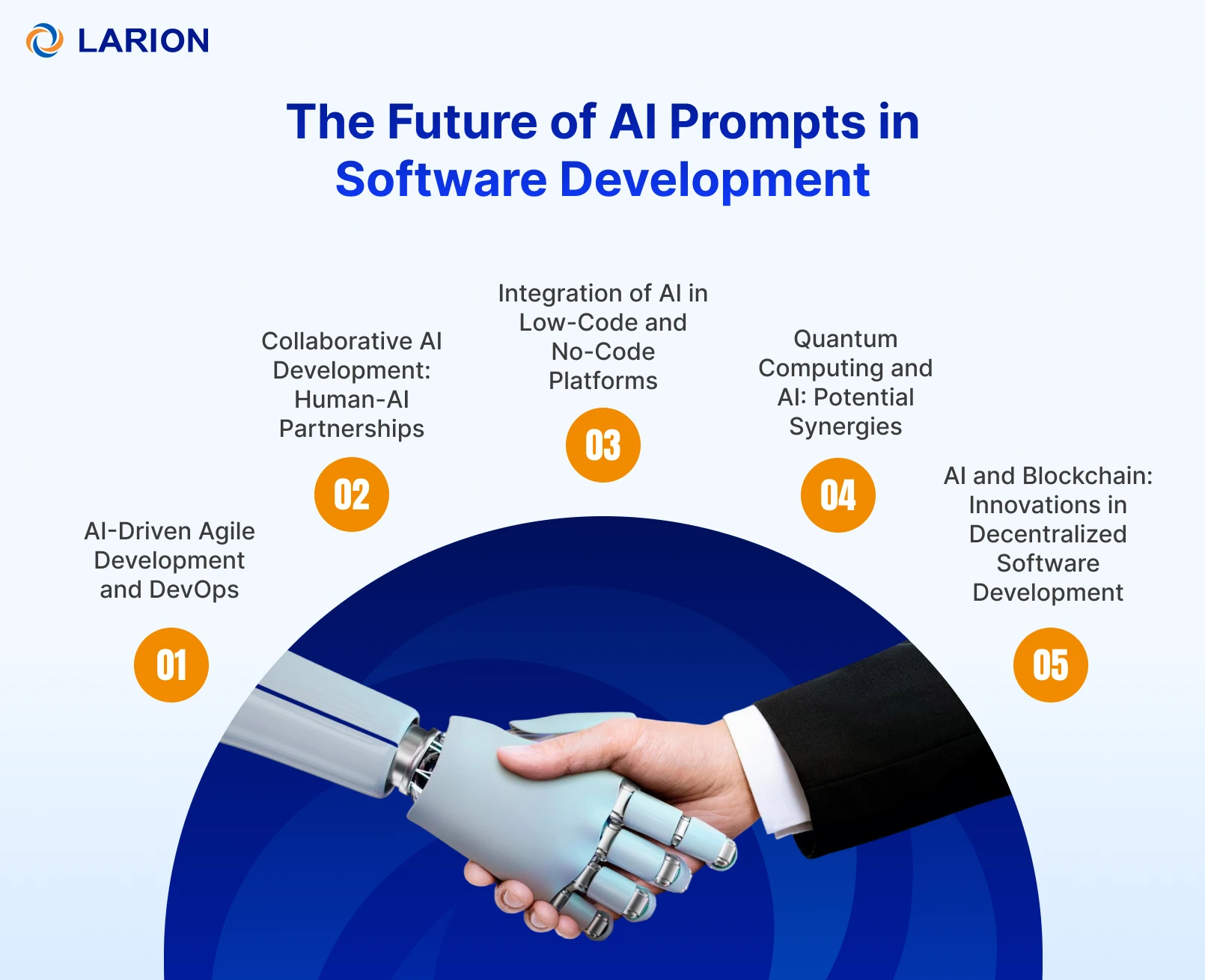
1. AI-Driven Agile Development and DevOps
AI development is transforming Agile and DevOps by automating tasks and optimizing workflows. AI tools help with sprint planning, continuous integration, and release management, driving the benefits of using AI for software development and improving decision-making and adaptability.
2. Collaborative AI Development: Human-AI Partnerships
Human-AI partnerships in software development are enhanced day by day. When using prompt engineering and coding prompts, AI automates tasks like code generation, debugging, and documentation. It helps free up developers for more creative work.
3. Integration of AI in Low-Code and No-Code Platforms
AI is revolutionizing low-code and no-code platforms that allow non-developers to create complex applications. AI tools enhance these platforms by adding predictive analytics and natural language processing. It makes software development more accessible and enhances the functionality of applications.
4. Quantum Computing and AI: Potential Synergies
AI and quantum computing are a powerful combination. Quantum computing’s processing power will reinforce AI to solve complex problems. This combination opens new possibilities in optimization, cryptography, and marks the beginning of a new era in software development.
5. AI and Blockchain: Innovations in Decentralized Software Development
AI and blockchain are revolutionizing decentralized software development by improving blockchain’s security and automation. AI is making blockchain applications smarter, and it enhances both the efficiency and security of decentralized systems. This integration drives AI to unlock new capabilities for decentralized applications (dApps).
Conclusion
The impact of AI on software development is no longer optional- it’s transformational. By adopting AI for software development and applying smart prompt engineering, businesses can streamline workflows, cut development time, and improve code quality.
At LARION, we help you build AI-integrated solutions tailored to your needs – whether it’s a custom platform or a mobile app powered by AI. From creating ChatGPT software development prompts to implementing AI driven development pipelines, we bring the right strategy to scale your product with confidence.
Ready to unlock the future with generative AI for software development? Let LARION help you lead the change.


